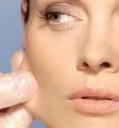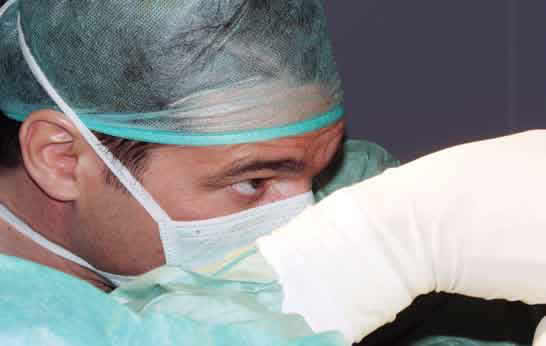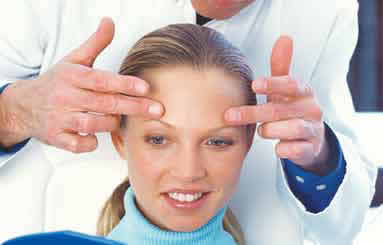Recently there has been much development in the so-called “Scientific Associations for Research into Antiagingâ€. They advocate bringing together all the knowledge and methods available for delaying the advance of old-age and death. ANTIAGING centres have arrived in Europe.
Over the past two years, Europe has formed part of a widespread and important antiaging movement that brings together various specialities, amongst which are endocrinology, preventive medicine, gynaecology, plastic surgery and aesthetic surgery. This year there have been many more medical conventions about this subject and professional organizations have been set up to guarantee the responsibility of doctors wishing to include this discipline in their practice (the Spanish Association of Antiaging Medicine).
What exactly is Antiaging?
When we say that a clinic is an antiaging centre we mean that its work is aimed at offering a series of advanced techniques of diagnosis that are able to determine the real biological age of each patient, combining these with treatment that determines the way to delay the effects of aging and to optimize the longevity and quality of life.
Through blood and urine analyses, and also samples of saliva and skin and a genetic analysis, we can work out a complete case study of the condition of a patient and at the same time obtain a potential outcome of how he is going to age, maintaining good health. At the same time, we will also find out his risk levels with regard to contracting certain illnesses and we will have some idea of his physical condition.
What is an ANTI-AGING UNIT?
In recent years, medical science has become extremely interested in the field of ANTIAGING research, trying to increase life expectancy and above all to improve the quality of life itself. The aging process does not affect everyone in the same way. Why is this? you might ask. Basically, there are two different kinds of aging: faster aging (known as pathological pathological aging) and the other kind that is slower (physiological aging).
Throughout the history of humanity and medicine, we have seen how people have searched for the way to conserve their youth as a direct way of prolonging their life. With this in mind, from the Egyptians with the beautiful Nefertiti, who bathed in asses’ milk to keep her skin young, to the Alchemists who tried to find the “elixir of life and the fountain of eternal youth†sadly without success, until the present time, when technology has been able to investigate more deeply into this necessary and interesting field in which it has been possible to discover with certain precision the variables that, directly or indirectly, influence the aging process.
All of this is not directed only towards the aspect of appearance, in which you usually hear that “Youth is Beautyâ€, but youth is also health, and health is the best quality of life, both present and future.
There is, therefore, a medical record that, apart from showing the functional and biological aspects, also indicates the therapeutic procedures to be followed in order to correct pathological aging and to convert it into physiological aging.
We mentioned before that not everyone ages the same way: you are sure to have seen people who are 60 and look as if they are 80, but there are also people who are 80 and have the “physical and mental appearance†of a 60 year old.

So we do not only refer to the physical aspect or the appearance of people, but also to the functional condition of their organs and systems, or in other words, their HEALTH.
As we grow older, we start developing certain
changes such as:
- Tissue hypoxia (reduction in the amount of oxygen in the body tissues)
- Tendency towards the degenerative process of some tissues.
- Reduction and alteration of the immune system Pathological functioning of some organs and systems.
Increase of toxins in the connective tissue (this is the tissue that binds the body together). All this does not take into account “CHRONIC DEGENERATIVE DISEASES†that are generally associated with aging, especially pathological aging.
What solutions can be offered?
Once a certain number of parameters are worked out, associated to statistical reports, it is possible to conclusively evaluate the following aspects:
- The level of “oxidative stress†of the patient, in other words the “suffering†level of the blood cells due to the presence of free radicals. In this case it is recommended to take a series of antioxih dant vitamins together with anti-free radicals.
- The level of allergy resistance. Depending on the results, it is possible to follow a programme of desensibilization, especially if there are cases of food allergies.
- The phenomena of chronic skeletal or organic inflammation that appear suddenly. Thanks to a sophisticated piece of equipment that works by using groups of biological waves, it is possible to find a solution to the problem before it worsens and starts to cause irreparable damage.
- A hormone study related to the state of activity of sexual, growth and gonadotropic hormones etc.. Depending on the case, it is possible to recommend a replacement treatment, in collaboration with an endocrinologist and a gynaecologist.
- Special attention must be paid to alimentary deficiencies, excesses or errors, recommending a diet that is designed and adapted to each individual.
- The requirements of each patient with regard to his physical activity must be set out following the advice of specialists in the subject.
To sum up, Antiaging is a new an integrated attitude to health, that is based more on prevention than on cure. In this case, as in all the initiatives related to aging, it very important not to dehumanize the relationship with our environment and everything that surrounds us. We are not simply machines, we should not look only for performance. We should make the most of the scope offered to us by medical science, allowing us to keep our body and soul in increasingly better health, and in that way our environment can benefit from greater human qualities.
Conserving our health is the best way to treat illness.
—————————————————————————-
Editorial: Dr. Pier Albrecht, Dr. Pierre Albrecht, Dr. Pierjean Albrecht,
Dr. Pier Jean Albrecht, Dr. Pierre F. Albrecht, Dr. Pierre Frank Albrecht,
Dr. P. Frank Albrecht, Dr. Pierjean Frank Albrecht, Marbella Clinic






